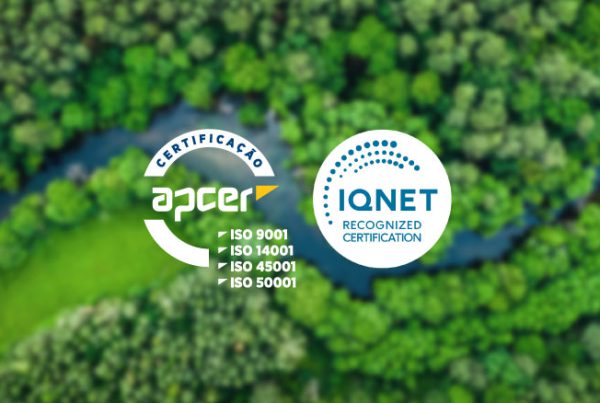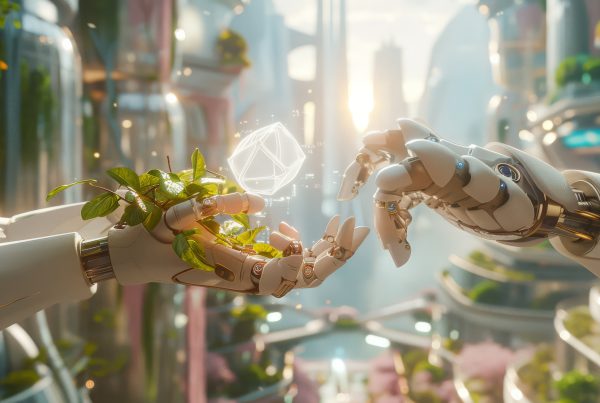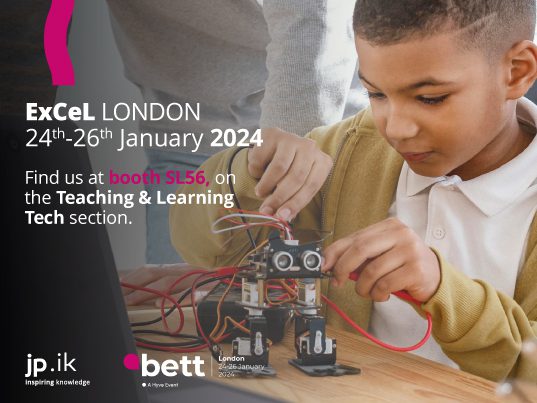Education landscapes are progressively becoming territories filled with crackling ideas and a hand full of apparent innovative practices that are disseminated as panaceas for the challenges and opportunities learners are having to deal with. Makerspaces, Innovation Labs, Project Hubs are some of the trendy concepts spread in this innovation movement that is proposing new paths for the redesign of learning environments, experiences and outcomes. All these paths usually share a common valuable driver – the intent to better meet learners’ needs and adjust contexts and practices to foster meaningful learning processes. But the way they are explored and shared frequently avoids the historical perspective besides them, as missing that “(…) we are mostly doing the old things with new names attachedâ€, as John Dewey said already in 1922.
We do believe that context must not be forgotten and that is why we’ve selected Sylvia Martinez article for ISTE to expand on the concept of makerspaces, one that brings together a set of principles and processes we consider fundamental when looking for an enrichment of learning environments and learners’ experiences. She explores the theoretical background of the maker concept when applied to learning scenarios, specifically referring to the constructivist and constructionist learning theories from Piaget and Papert that advocate for the active role of learners in the learning process, considering each learner is an active creator of knowledge based on experience and experimentation. The project-based learning approach is also mentioned as a basis for the makerspaces concept, recalling on the idea of learning by doing and how it strengthens conditions for learning transference. This background perspective is then combined with references to several emerging edtech tools, such as Minecraft, Lego, Arduino or 3D software, exploring how they are being used for learning purposes in formal learning settings and making creation processes more accessible for everyone.
At a certain point of the article, Sylvia mentions that “[f]or too long, schools have undervalued learning with one’s hands. Schools must stop sorting kids into academic or vocational tracks because such distinctions no longer make sense. Many of the same technologies, process skills and conceptual understandings are found in the physics lab, art studio and auto shop.â€. This is also our conviction and we do believe that could be the magic about makerspaces – dynamic and flexible learning settings, that become hubs for creative ideas, as well as for the exploration and fulfillment of one’s ideas, likes, interests and potential; places for co-creation and co-created places where teachers and students establish partnerships – I.e., intentional and engaged relationships – that enable meaningful learning, based on pleasant experiences.
As a great share and production of data is enabled through new technologies and a bunch of educational tasks are being facilitated though automated performance, education systems are having the opportunity to deeply think and reshape the learning experience. In a world where technology is covering an unprecedent range of cognitive functions previously held by individuals it is not possible to imagine a learner’s linear narrative for the accommodation of new material anymore. But it is important to resist to the temptation of creating artificial spaces full of a paraphernalia of options without any meaningful tie between them. As the text highlights: “some schools seem more willing to spend a lot of money building special makerspaces or fablabs (fabrication labs) to house professional-grade hardware than they are to change classroom practice. The lessons from three decades of computer labs should dissuade us from building a special bunker that kids visit once a week. This is not to say that you should not have a killer makerspace filled with state-of-the-art technology, proper ventilation and comfy working conditions. But you should keep in mind that every classroom can be a makerspace where kids have the materials, time, flexibility and support to learn by doing. Educators need to create space for making in their heads as well as in their classroomsâ€. So, more than being a space recognised by its paramount technologies or didactical resources, a makerspace is a educational protected space for experiencing one’s own thought and abilities, feeling free to explore, like or dislike, be good (or not that good) and make conclusions about oneself and the things we can positively do and construct together.
Contribution by:
Ana Paulino and Ana Mouta, the editors of A Moment of Sharing, are Pedagogy Specialists at jp.ik.



